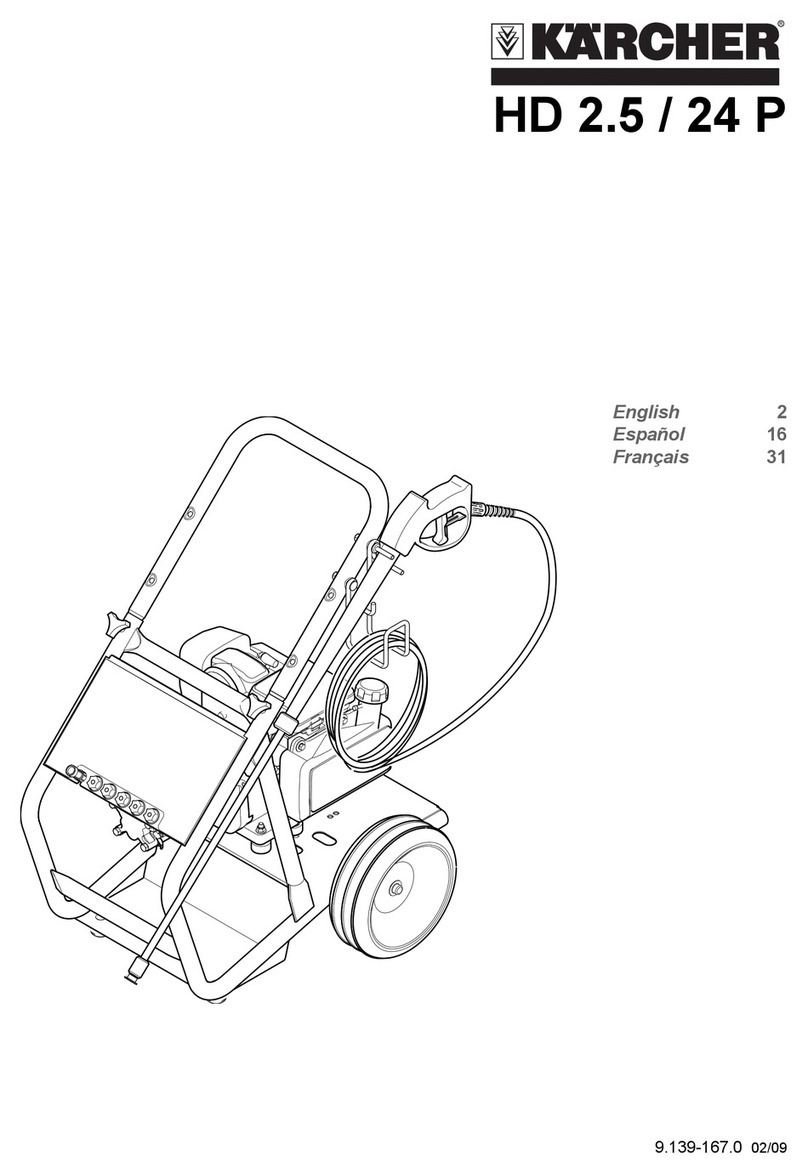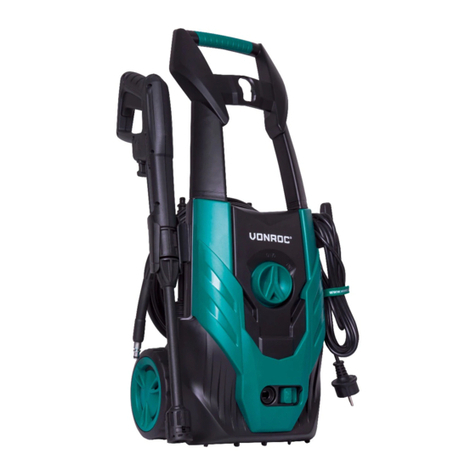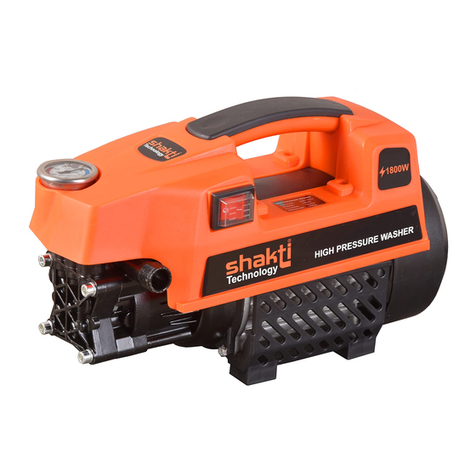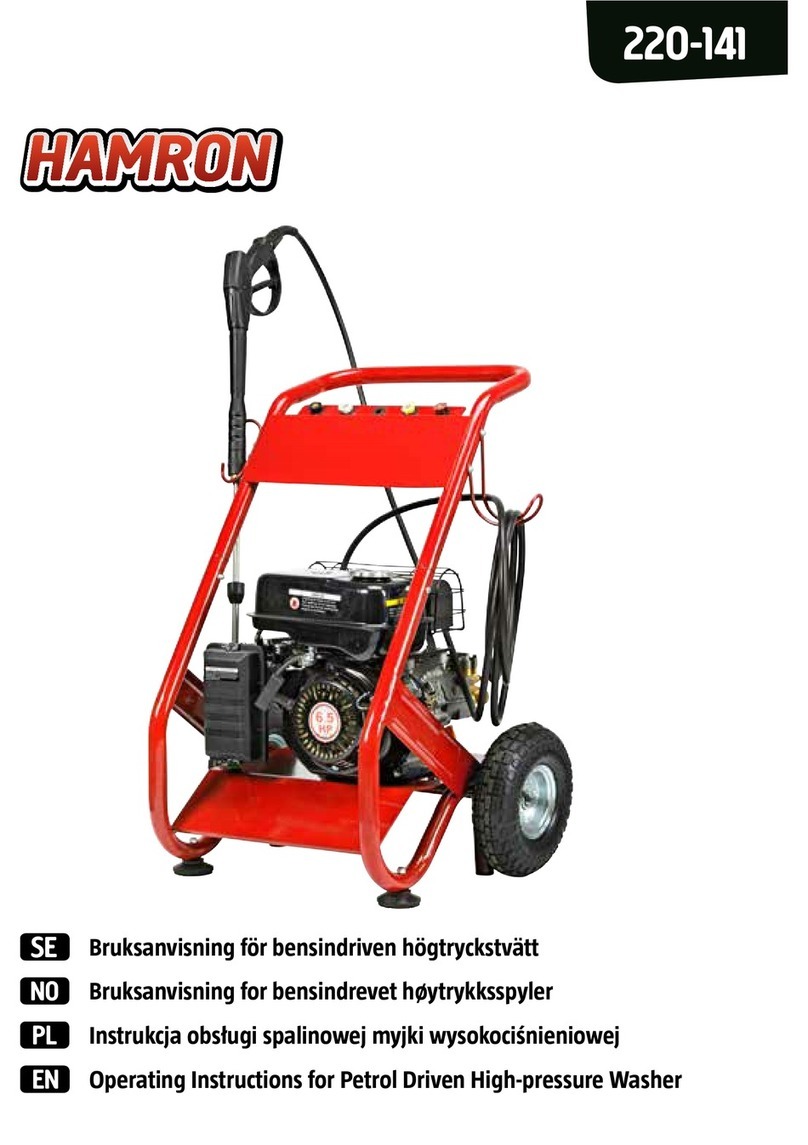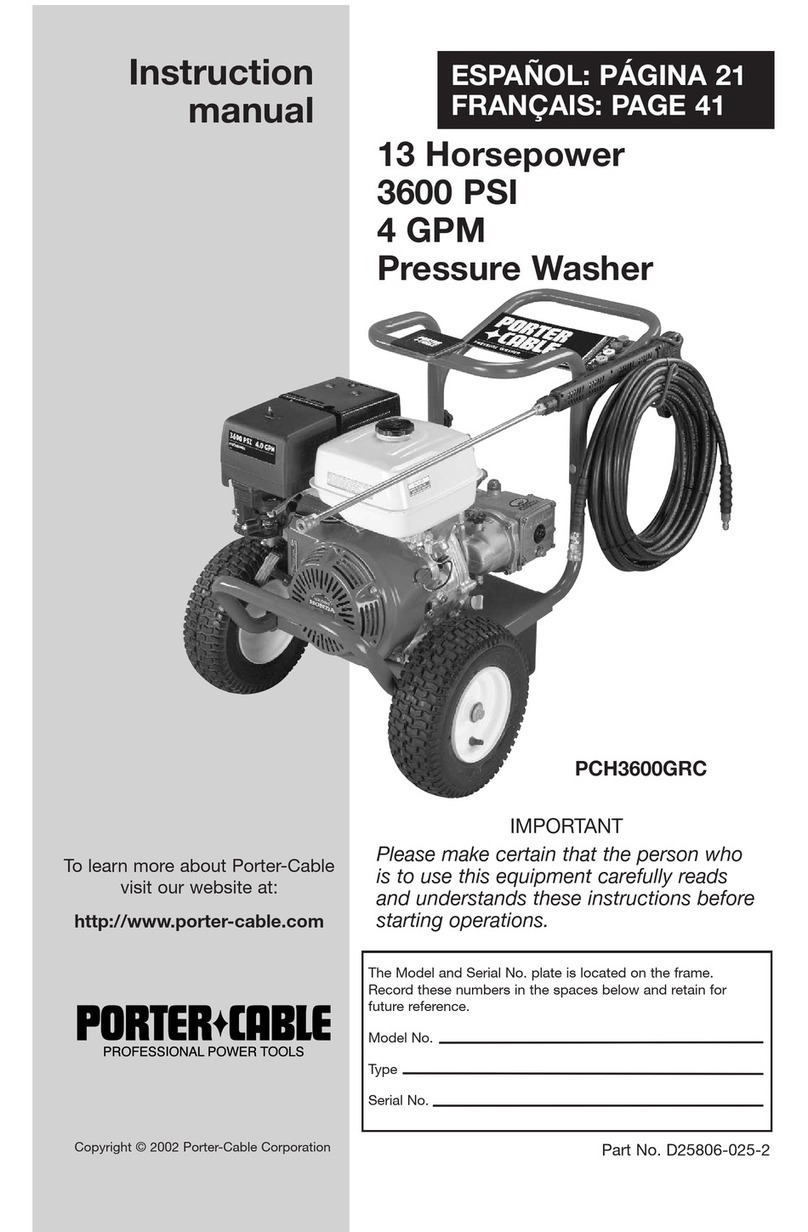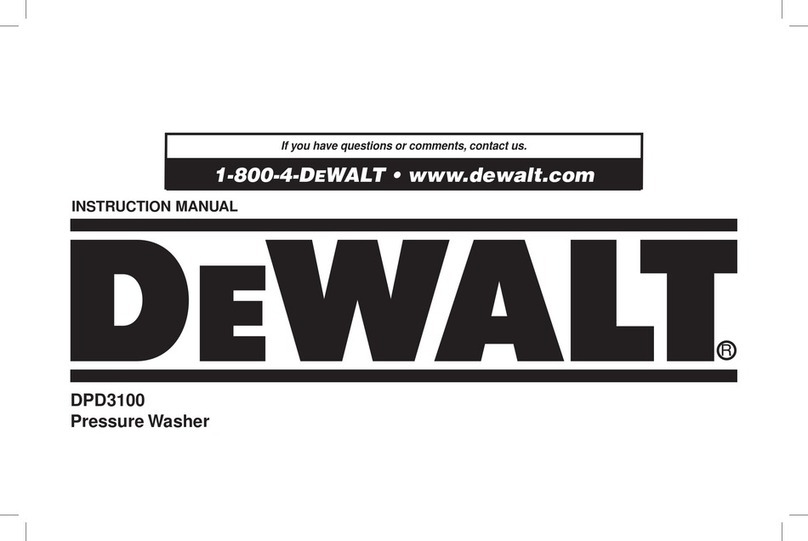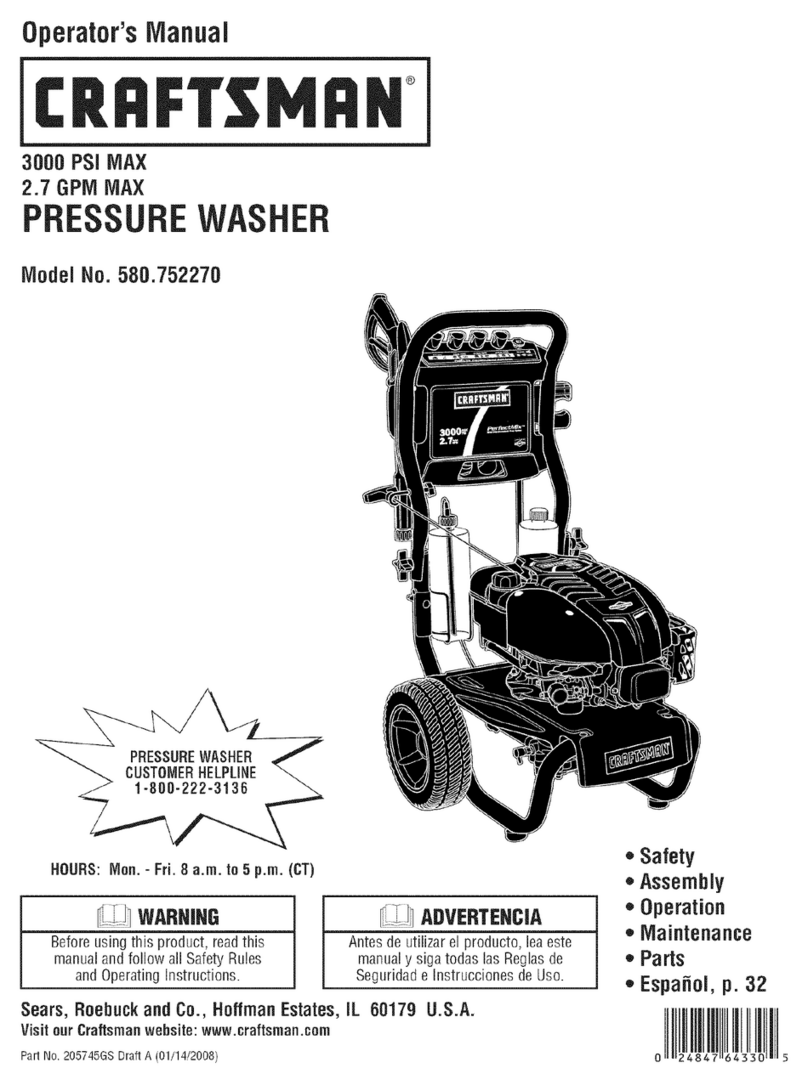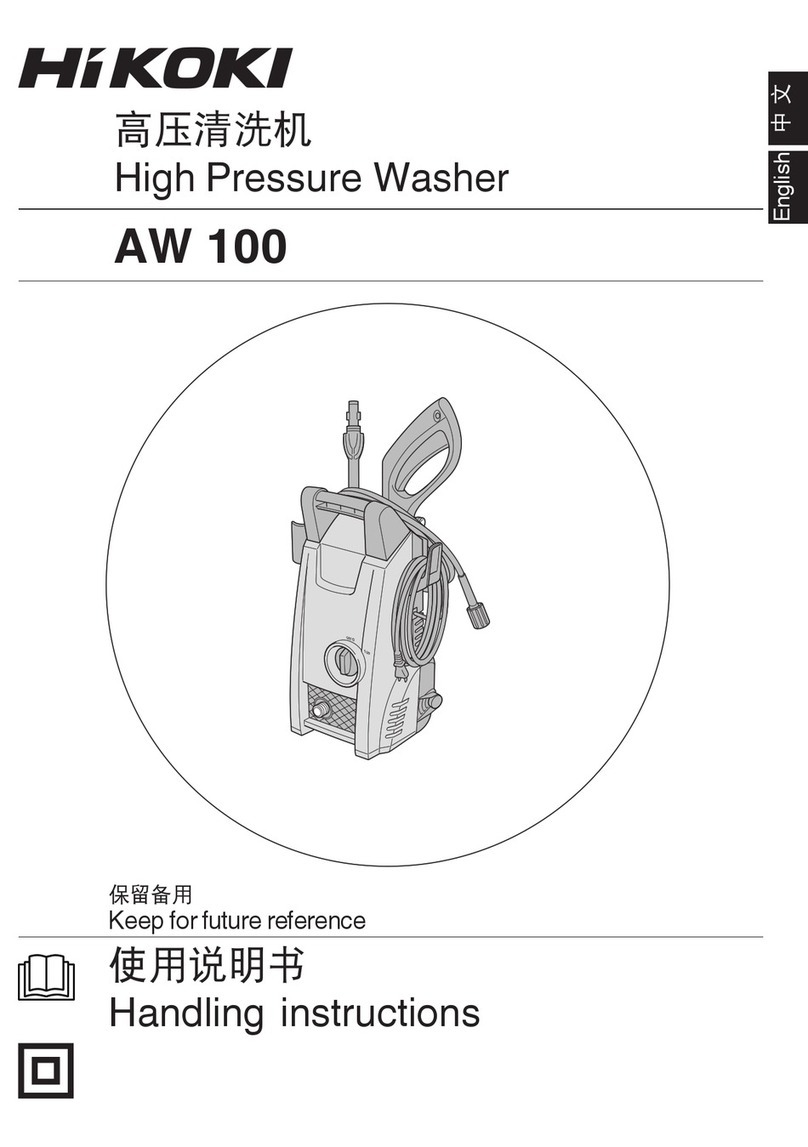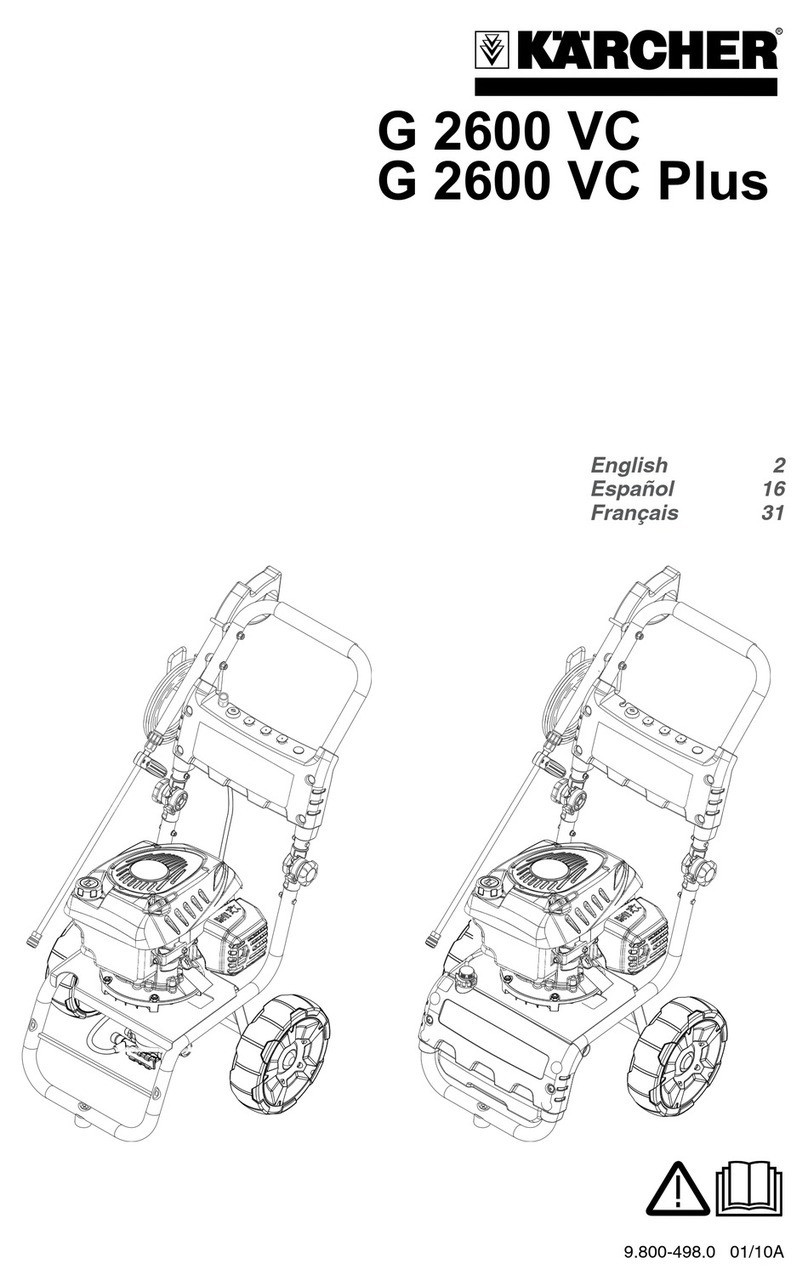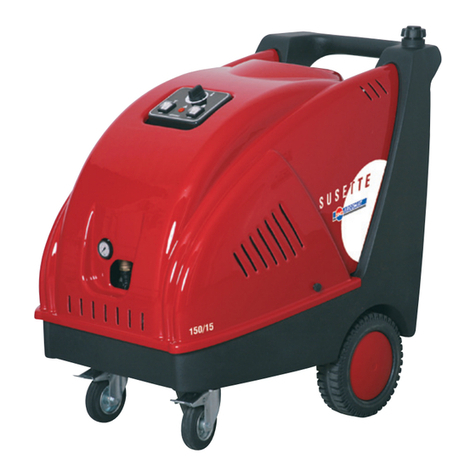Makita HW001G User manual
Other Makita Pressure Washer manuals

Makita
Makita DHW080PT2 User manual
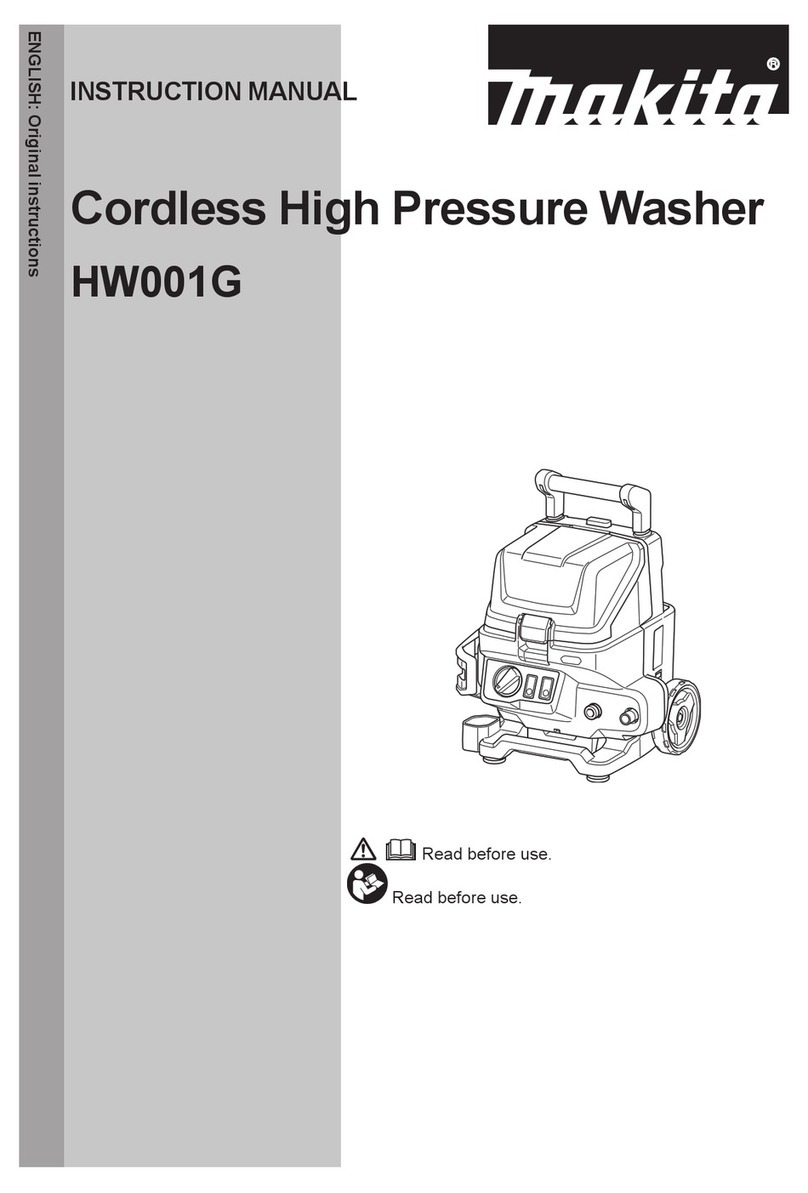
Makita
Makita HW001G User manual
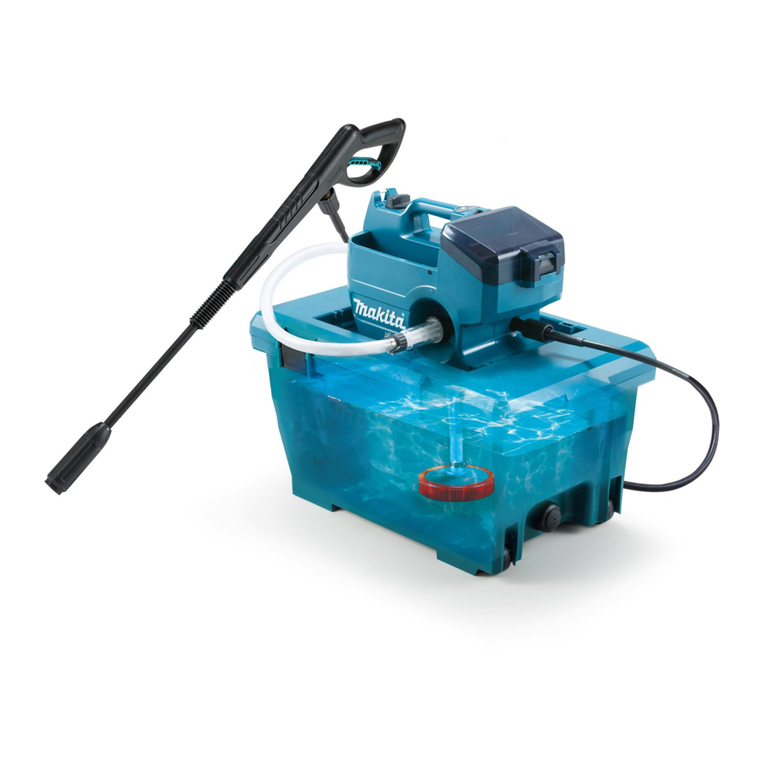
Makita
Makita DHW080 User manual

Makita
Makita HW1200 User manual
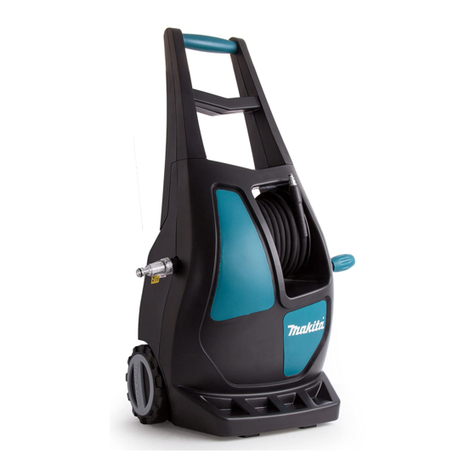
Makita
Makita HW 121 User manual
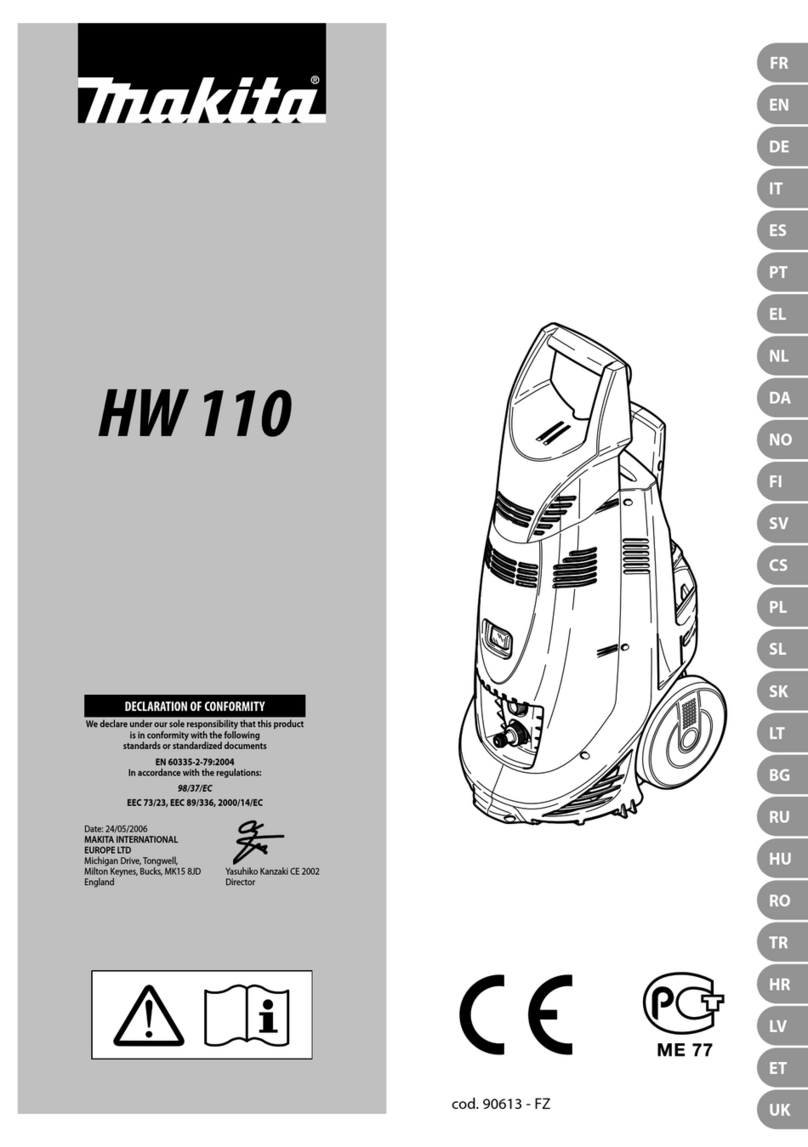
Makita
Makita HW 110 User manual

Makita
Makita HW1200 User manual

Makita
Makita HW 130 User manual
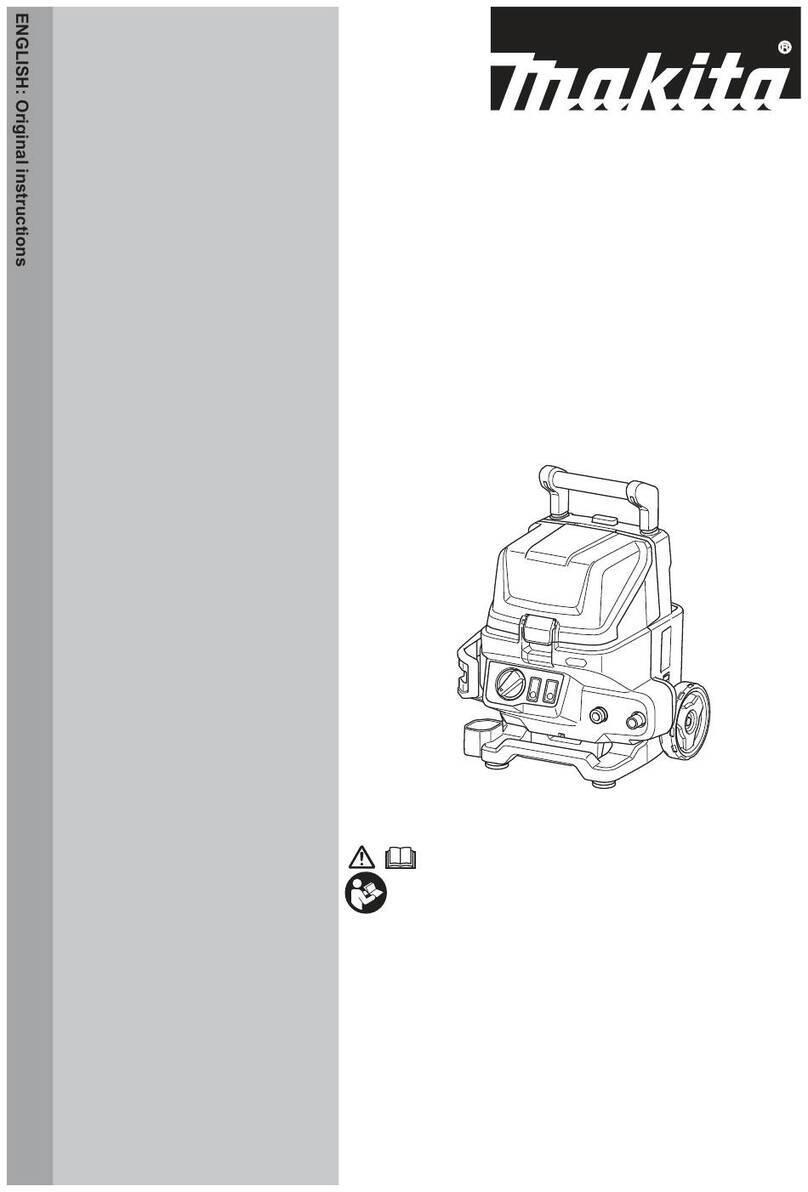
Makita
Makita HW001GT201 User manual
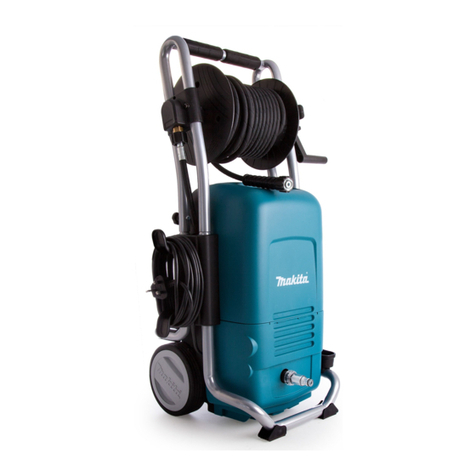
Makita
Makita HW 151 User manual

Makita
Makita HW 101 User manual

Makita
Makita HW1200 User manual
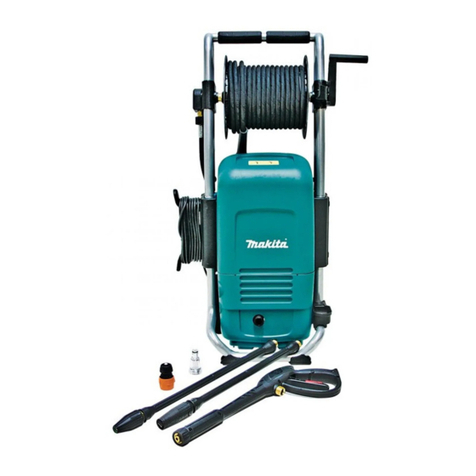
Makita
Makita HW 140 User manual

Makita
Makita HW001GZ User manual

Makita
Makita DHW080 User manual

Makita
Makita DHW080 User manual

Makita
Makita DHW080ZK User manual

Makita
Makita DHW080 User manual

Makita
Makita DHW080 User manual

Makita
Makita EHW120 Quick start guide




